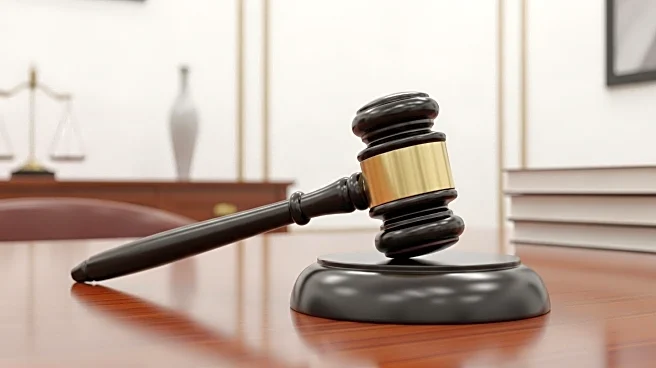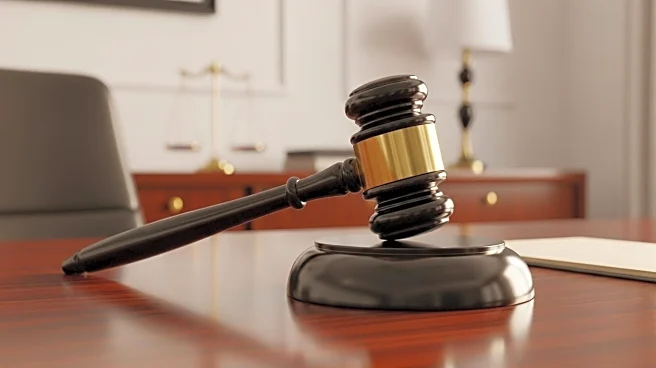What's Happening?
An Indiana metal plating company has reached a settlement in a lawsuit alleging contamination of soil and groundwater with hazardous substances. Armstrong Richmond Properties LLC, the property owner where Talagi Inc. and TJAC LLC previously operated, informed the US District Court for the Northern District of Indiana about the settlement. The lawsuit claimed that Baycote Metal Finishing Inc., a subsidiary of Talagi, was responsible for accidental spills and releases of hexavalent chromium and PFAS during its operations. These substances are known for their environmental and health risks, prompting legal action to address the contamination.
Why It's Important?
The settlement is significant as it addresses environmental concerns related to industrial pollution, particularly the release of hazardous substances like hexavalent chromium and PFAS. These chemicals pose serious health risks and can lead to long-term environmental damage. The resolution of this case highlights the importance of regulatory compliance and environmental responsibility for businesses. It also underscores the role of legal systems in enforcing environmental protection and holding companies accountable for pollution, which can have widespread implications for public health and local ecosystems.
What's Next?
Following the settlement, the involved parties are expected to implement measures to remediate the contaminated site and prevent future environmental damage. This may include cleanup efforts and monitoring to ensure compliance with environmental standards. The case could also influence future regulatory policies and enforcement actions against companies that fail to manage hazardous substances properly. Stakeholders, including local communities and environmental groups, will likely monitor the situation to ensure effective remediation and accountability.
Beyond the Headlines
The settlement may prompt broader discussions on industrial pollution and the need for stricter environmental regulations. It raises ethical questions about corporate responsibility and the balance between industrial activity and environmental stewardship. Long-term, this case could lead to increased advocacy for sustainable practices and more stringent oversight of industries that handle hazardous materials.













